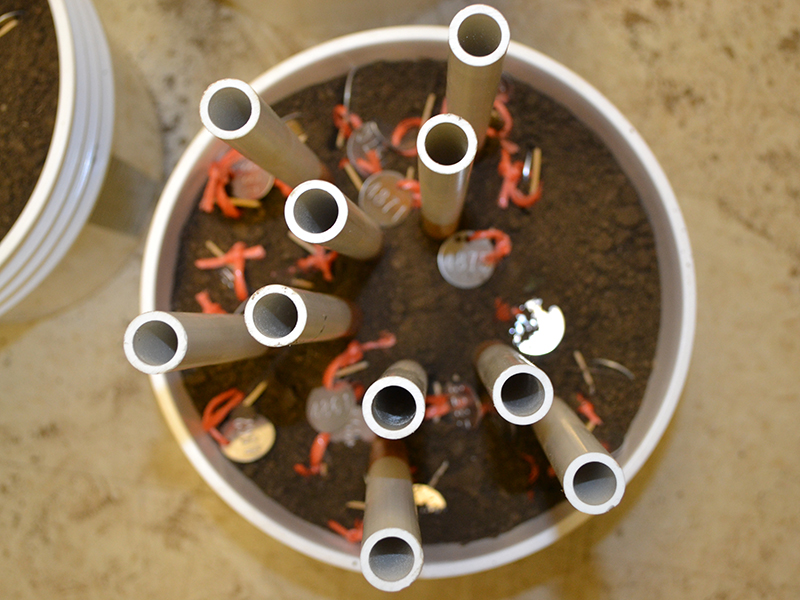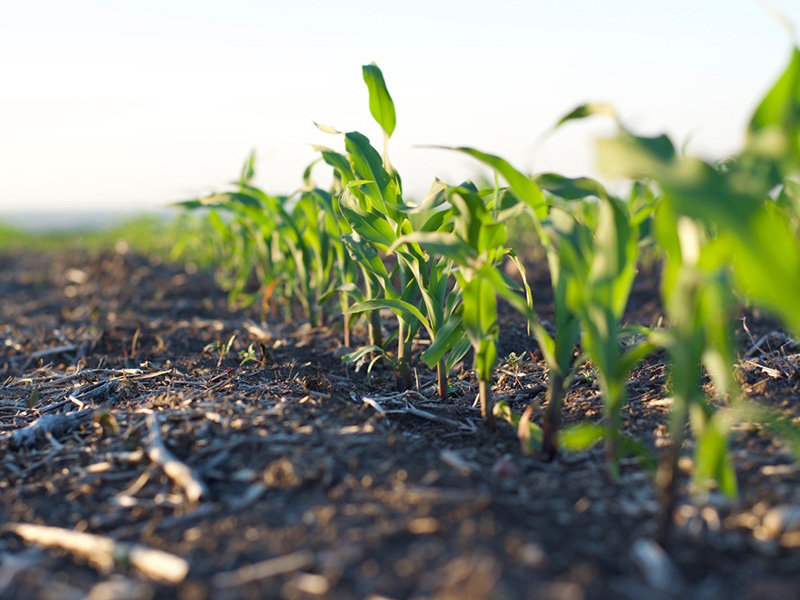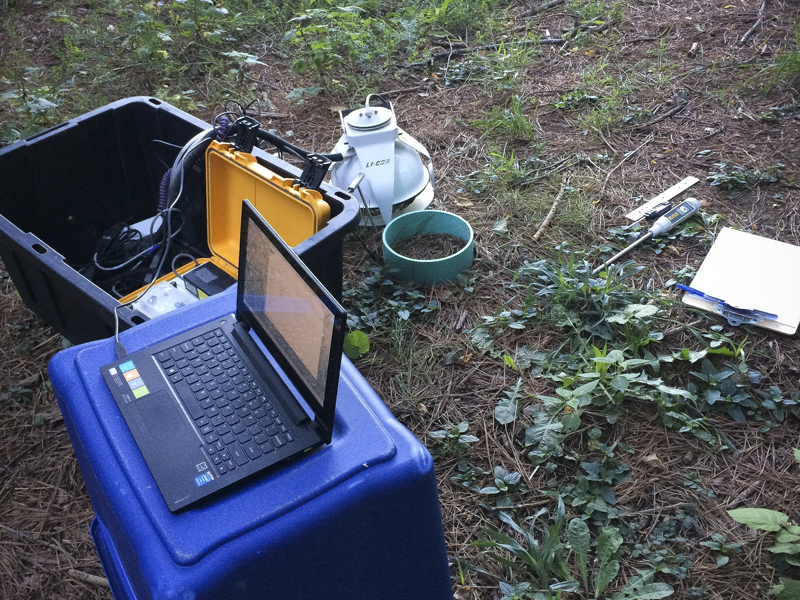Natural Resources

Many living creatures live in soil. Though their sizes range from microscopic soil microbes to larger animals like gopher turtles, they all call soil their “home.” Included in these ground-dwelling species are bees – vital in the pollination cycle of about 90% of plant life.


For most of us, our closest encounter with the element fluorine is likely to be our toothpaste or a municipal water supply with added fluoride.

But excess fluorine can be a problem. For example, high levels of fluorine in the soil can hurt plants. Fluorine in soils may also affect microbes and other organisms higher along the food chain.

Stand outside and look underneath your feet. There, perhaps under some grass, is the soil. On a dry day, all the spaces in the soil are filled with air. And some distance further down, those spaces are entirely water. So, what’s in between?

Around the world, there are pools of water filled with nuclear waste waiting for their final resting place. This is waste that was created from decades of nuclear power generation, and the waste must be handled carefully.


To combat weeds, farmers use a variety of tools and methods. By understanding the strengths and downfalls of each tool, a farmer can make the best decisions for his or her operation to keep pesky weeds out of the field.


Adult Pacific salmon spend a great portion of their life in the ocean. But their life began along the banks of freshwater streams. Their life will end there, as well. These important steps in the lifecycle of salmon play a role in the health of streambank ecosystems.


Doctors often tell their patients to reduce their salt intake as part of a healthy lifestyle. When we start looking at food labels, we may find salt in surprising places – like baked goods, drinks and canned foods.


Before the United States 1970 Clean Air Act, rainfall all over the country was acidic. As precipitation would fall from the sky, it would mix with gases from industrial plants, emissions from cars, and especially coal and fossil fuel consumption. That caused the water to become acidic – also called “acid rain.”

When we think of climate change, we tend to think about greenhouse gases, fossil fuels and pollution. Most of us don’t think about fungi.


